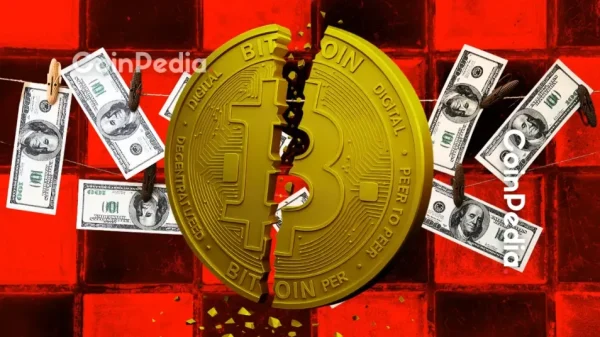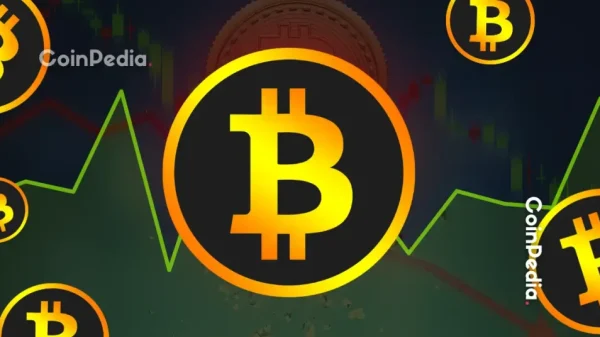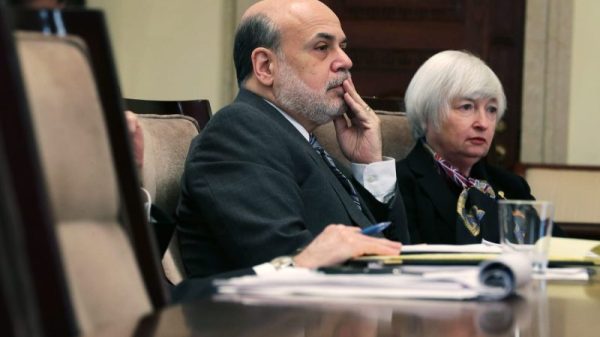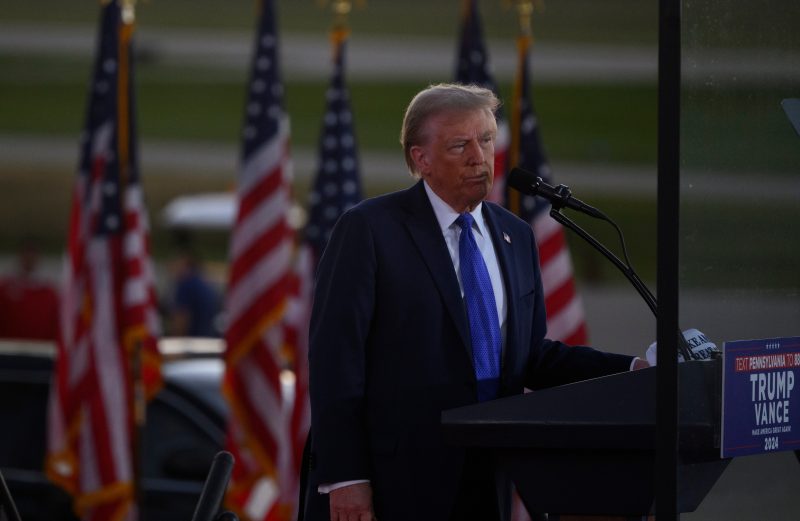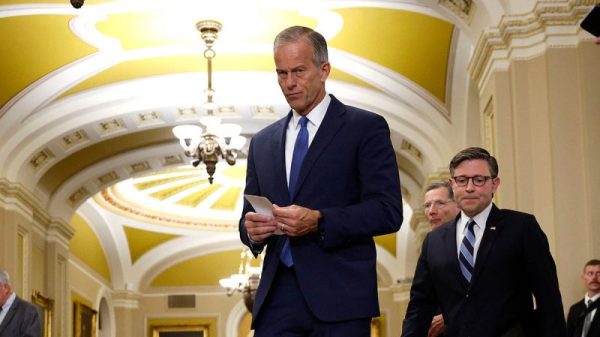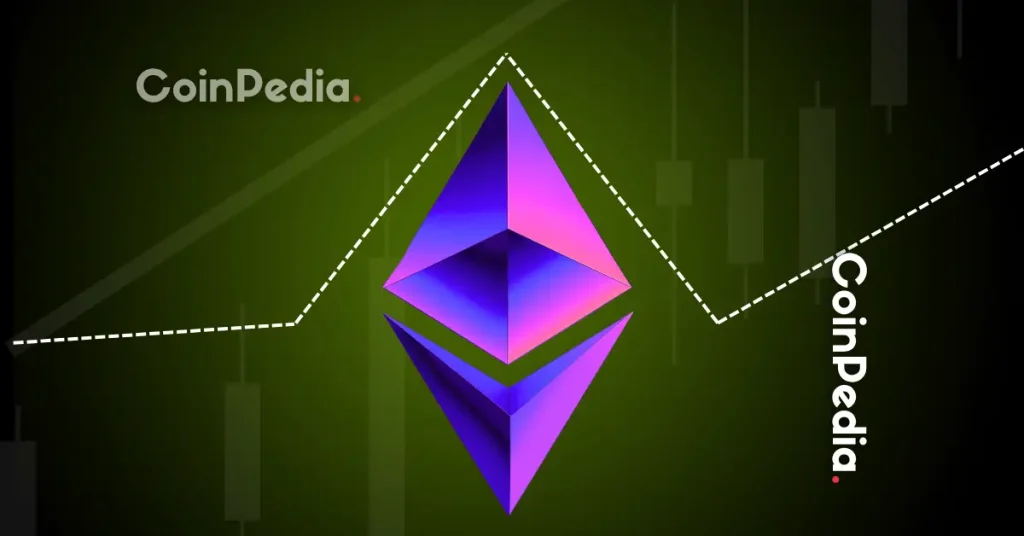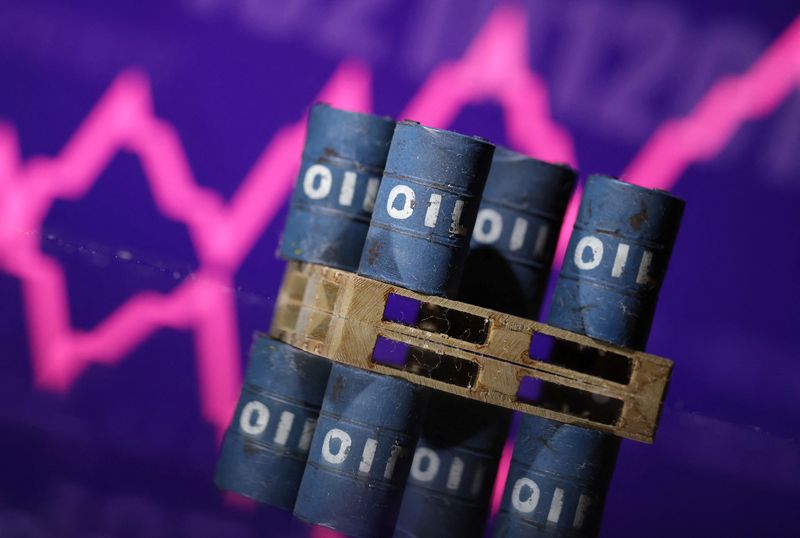The post Ethereum Stablecoin Supply Hits ATH $180 Billion While ETH Drops by 7% appeared first on Coinpedia Fintech News
After months of steady growth, Ethereum has reached a major milestone. The total stablecoin supply on its network has surged past $180 billion, the highest level ever recorded. This marks a strong 35% rise since the start of 2025, a clear sign that fresh liquidity and confidence are flowing back into the market.
Despite this milestone, the Ethereum native token, ETH price dropped to 9% to $3,460.
Tether and USDC Lead the Charge
The biggest contributors to this surge are Tether (USDT) and USD Coin (USDC), which together account for over 90% of Ethereum’s stablecoin supply. This surge isn’t just about capital inflow, it’s a signal of defensive accumulation.
Analysts say the jump shows a risk-off shift, as traders seek safety after the recent crypto crash caused by Trump’s 100% tariff on China. Big investors are now parking funds in stablecoins, waiting for clearer global conditions.
Most of this movement is happening on Ethereum, which remains the top choice for fast, safe, and borderless transactions across DeFi platforms.
Ethereum Leads Stablecoin Market
One major reason for this surge is Ethereum’s Dencun upgrade, which has lowered transaction costs and improved scalability. This upgrade made DeFi platforms like Aave, Uniswap, and Curve faster and cheaper to use, attracting more users and liquidity.
As usage grows, stablecoin demand has surged, pushing new records.
Ethereum now holds about 58% of all global stablecoin value, strengthening its position as the core of crypto liquidity. While networks like Solana and Tron are growing fast, Ethereum stays ahead with stronger liquidity and developer support.
Ethereum Price Drops 9%
While Ethereum’s stablecoin supply hit a record high, the ETH price fell 9% to $3,460 after Donald Trump accused China of “economic sabotage” and announced 100% tariffs starting November 1, 2025.
The Crypto Fear & Greed Index has dropped to 22, signaling extreme fear among investors.
Still, the growing stablecoin supply suggests traders are waiting on the sidelines, ready to re-enter when conditions improve.



